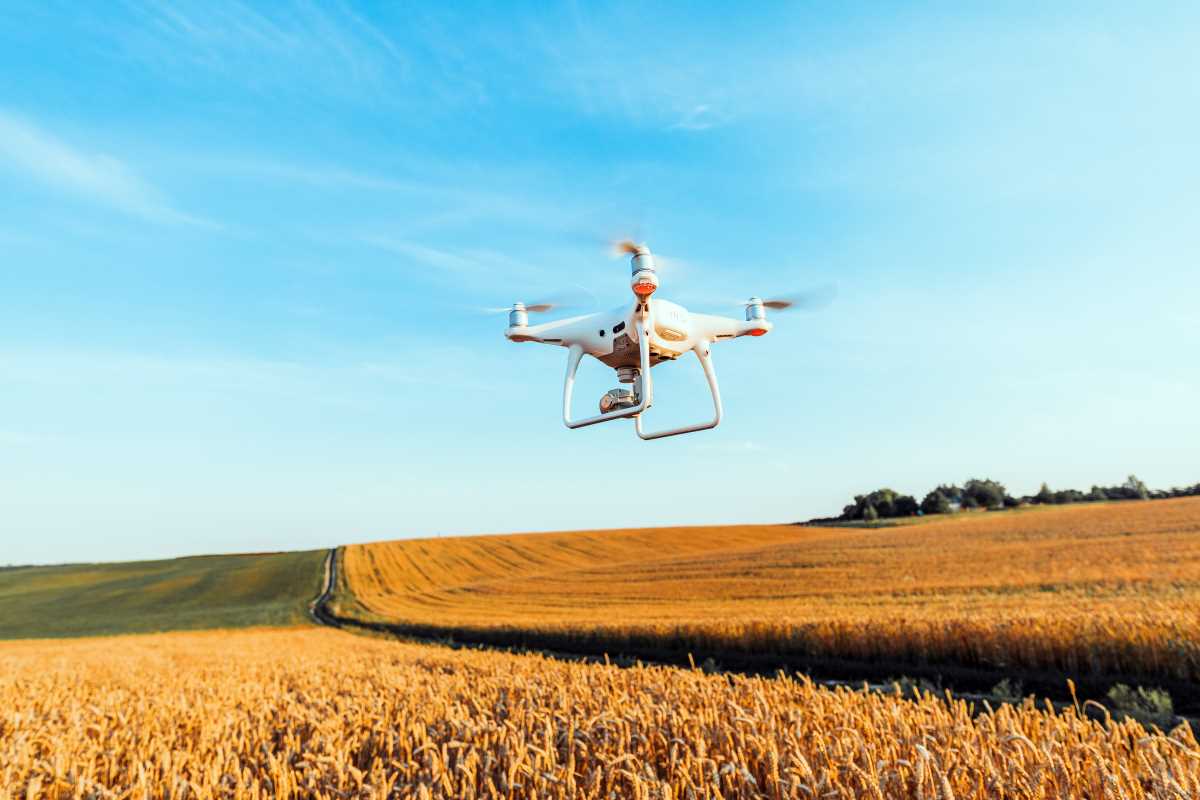E-commerce has undergone significant changes over the past decade, growing from a convenience to an essential part of daily life for millions of consumers. One of the most promising innovations on the horizon is autonomous delivery systems. These systems, ranging from drones to self-driving vehicles, aim to revolutionize the way products move from warehouses to customers.
As companies search for solutions to improve efficiency and meet rising customer expectations, autonomous delivery is seen as a game-changer. But what does the future hold for these systems, and what challenges must be addressed for them to integrate seamlessly into e-commerce?
The Current State of Autonomous Delivery Systems
Autonomous delivery technologies are already being tested and, in some cases, implemented on a small scale by leading e-commerce players. Companies like Amazon, FedEx, and UPS have invested heavily in developing these systems to optimize last-mile logistics. Here are a few examples of how autonomous delivery is currently being utilized:
- Amazon Prime Air: Amazon’s drone delivery project is perhaps the most well-known example. Designed to deliver packages weighing less than five pounds within 30 minutes, it represents a bold step toward faster and more efficient delivery. Although still in the testing phase, Amazon has achieved notable progress in obtaining regulatory approvals and improving drone safety features.
- Starship Technologies: This company uses small, six-wheeled delivery robots for food and package deliveries on university campuses and in select urban areas. These ground-based robots are equipped with sensors and cameras, safely navigating sidewalks to complete their deliveries.
- FedEx Roxo: FedEx has introduced Roxo, a small autonomous delivery robot designed to carry goods over short distances. Equipped with advanced navigation and obstacle avoidance technology, Roxo is primarily targeted for same-day local deliveries.
Such applications highlight the potential of autonomous technologies to solve logistical bottlenecks. However, each system comes with limitations that must be addressed before large-scale implementation.
The Benefits of Autonomous Delivery
The shift toward autonomous delivery systems brings numerous potential benefits for both businesses and consumers. Understanding these advantages is critical to appreciating why companies are investing in their development.
- Cost Efficiency:Traditional delivery methods depend heavily on human drivers, making labor costs one of the most significant expenses for e-commerce logistics. Autonomous systems promise to reduce or even eliminate these costs over time. For example, drones and autonomous vehicles can operate 24/7 without the need for rest breaks or overtime, allowing companies to offer round-the-clock delivery services with minimal additional expense.
- Faster Delivery:Speed has become a crucial competitive advantage in the e-commerce world. Autonomous delivery systems can dramatically reduce delivery times by optimizing routes and operating continuously. Drones, in particular, open up the possibility of bypassing traditional transportation routes, delivering products directly to consumers’ doorsteps.
- Environmental Impact:Many autonomous delivery solutions are designed to be environmentally friendly. Electric-powered robots and drones use less energy than traditional delivery vehicles, which helps reduce carbon emissions. Companies using these systems can align with growing consumer demand for sustainable business practices.
- Enhanced Customer Experience:Faster deliveries and flexible options lead to happier customers. Autonomous systems have the potential to meet the growing demand for same-day or even same-hour deliveries, creating a seamless shopping experience for online buyers.
Challenges Facing Autonomous Delivery Systems
While the benefits are undeniable, deploying autonomous delivery systems at scale comes with challenges that cannot be ignored. These obstacles range from technological limitations to social acceptance and regulatory concerns.
- Regulatory Hurdles: Airspace regulations, zoning laws, and transportation rules significantly impact the implementation of these technologies. For instance, drone deliveries must comply with FAA rules in the United States, which require rigorous testing to ensure safety and limit operational areas.
- Safety and Security :Ensuring the safety of both consumers and autonomous systems is a top priority. Drones and robots need advanced mechanisms to avoid collisions, securely transport goods, and deal with potential theft or vandalism. Building trust with the public requires reliable and fail-safe technologies.
- Infrastructure Requirements: Autonomous delivery systems often depend on specific infrastructure to function effectively. For example, drones need designated landing sites, while delivery robots may require smooth and accessible sidewalks. Developing this infrastructure, especially in dense urban areas, is both costly and time-consuming.
- High Initial Costs :Research, development, and deployment of autonomous technologies require significant financial investment. Companies must balance the high upfront costs with the potential long-term savings, which can be a barrier for smaller players in the e-commerce market.
- Public Skepticism: Consumers may hesitate to trust autonomous delivery systems due to concerns about privacy, security, or reliability. Companies will need to educate the public and offer transparent communication to encourage wide adoption of these technologies.
The Impact on the E-Commerce Industry
The adoption of autonomous delivery systems is set to redefine how e-commerce businesses operate. Companies incorporating these technologies into their logistics strategies will likely experience reduced costs, improved customer loyalty, and enhanced scalability. For example, the ability to deliver groceries or time-sensitive items like medication within hours could create entirely new service models in the market.
Furthermore, the competitive landscape of e-commerce is likely to shift. Early adopters of autonomous systems will have a significant edge over competitors still relying on traditional delivery methods. Smaller e-commerce players may need to partner with technology providers to gain access to these futuristic systems and avoid being left behind.
Predictions for the Future
Looking ahead, advancements in artificial intelligence, machine learning, and sensor technologies are expected to accelerate the development of autonomous delivery systems. Here are a few key predictions for the future:
- Broader Adoption of Hybrid Models: Over the next decade, autonomous delivery systems will likely coexist with traditional methods. For example, driverless vehicles and human couriers may work together to optimize delivery routes, ensuring both efficiency and reliability.
- Increase in Strategic Partnerships: E-commerce companies will form partnerships with tech firms specializing in robotics and AI to scale autonomous delivery initiatives more rapidly. Governments and regulatory bodies may also collaborate to streamline approval processes and ensure safe implementation.
- Technological Advancements: Future systems will include robots and drones with improved navigation, weather resistance, and payload capabilities, making them more practical for a wider range of deliveries.
- Urban Integration: Autonomous systems will initially see the most success in urban areas, where the demand for fast delivery and technological infrastructure align. Over time, rural regions may also adopt these systems as technologies become more affordable and efficient.
 (Image via
(Image via





